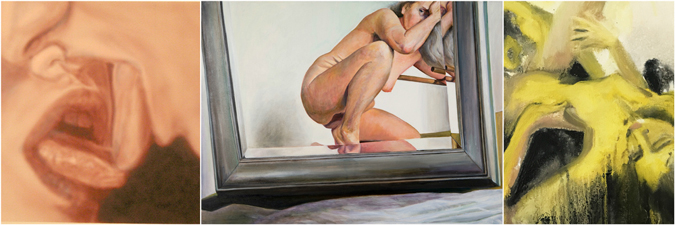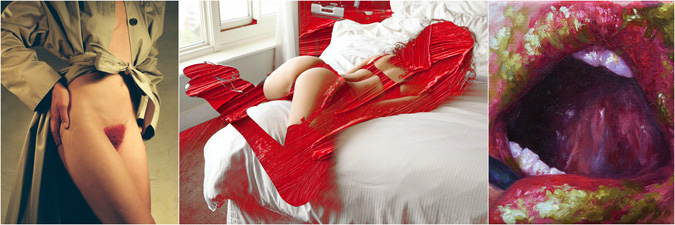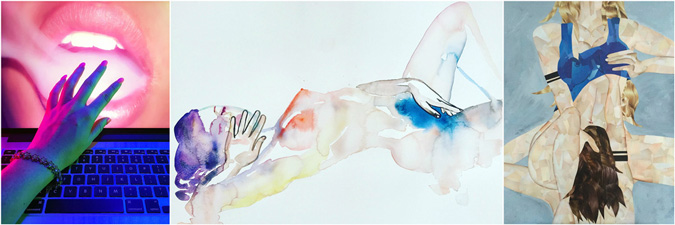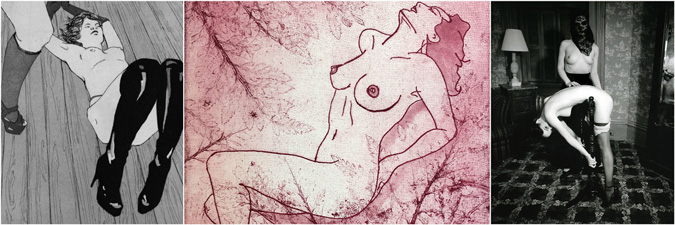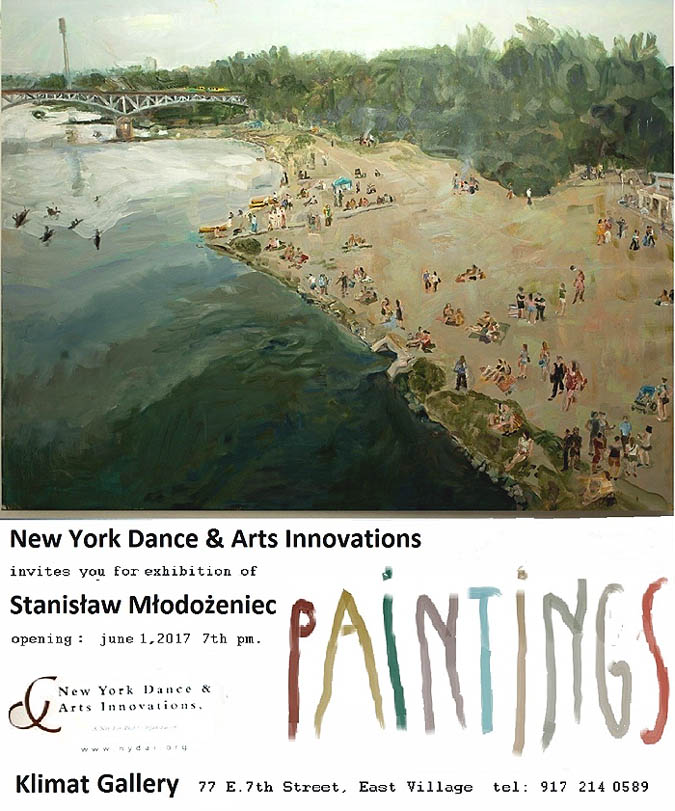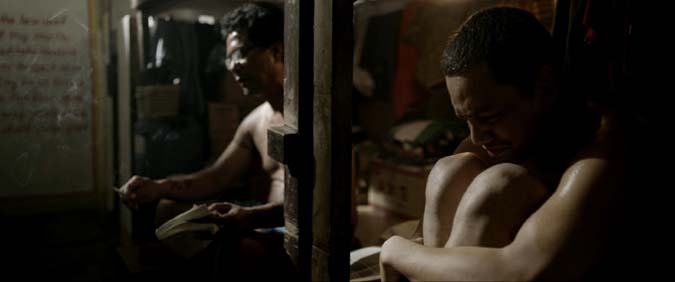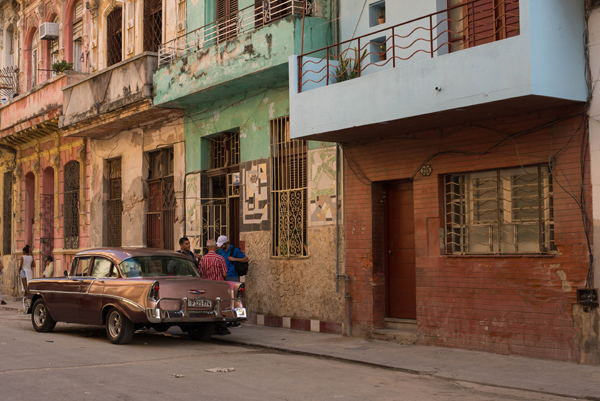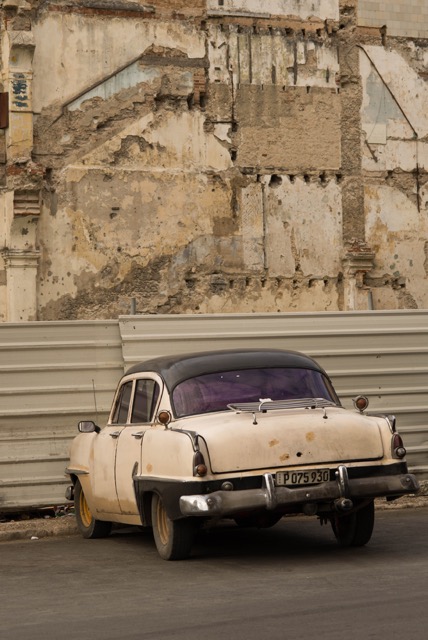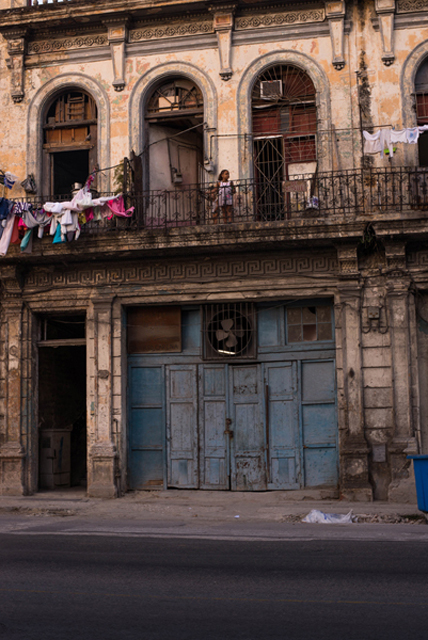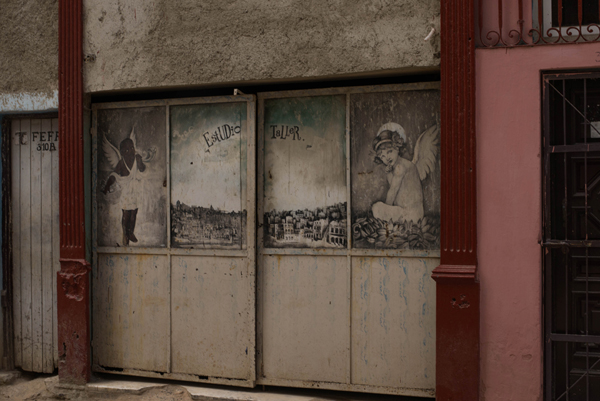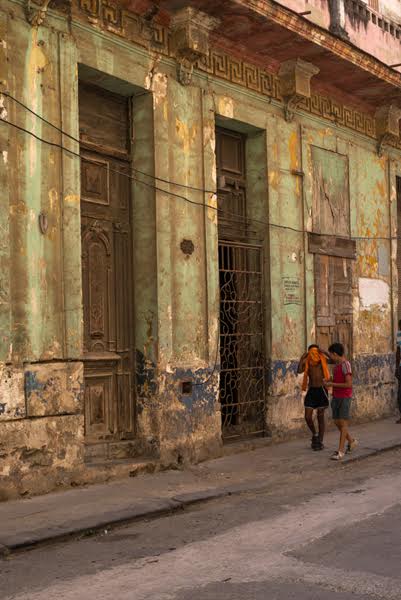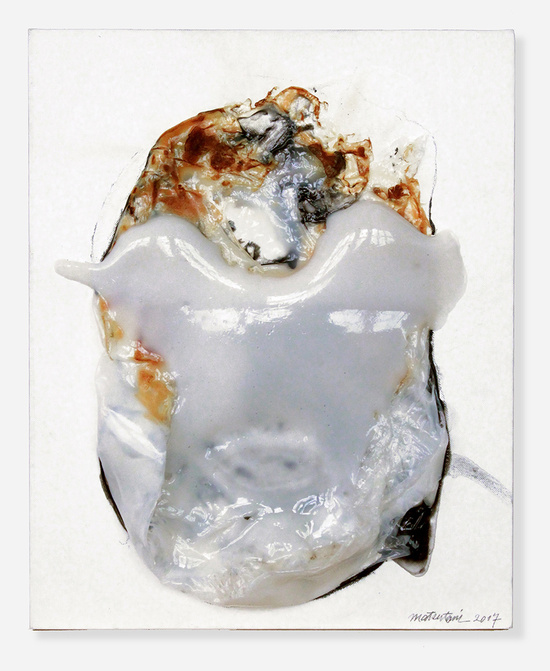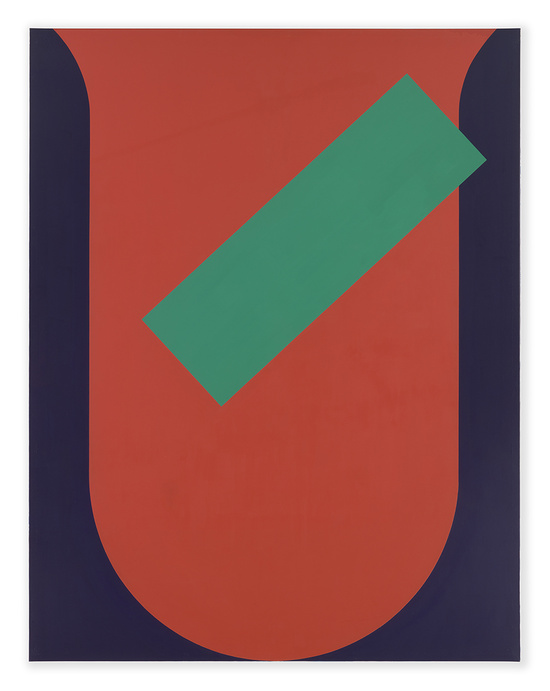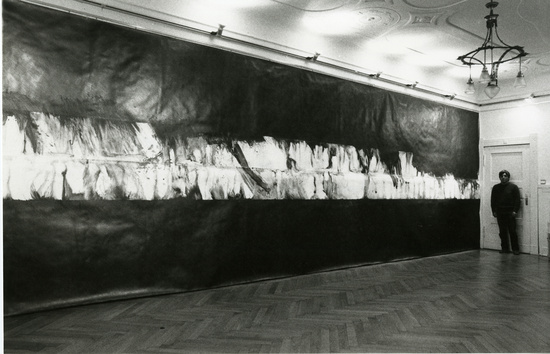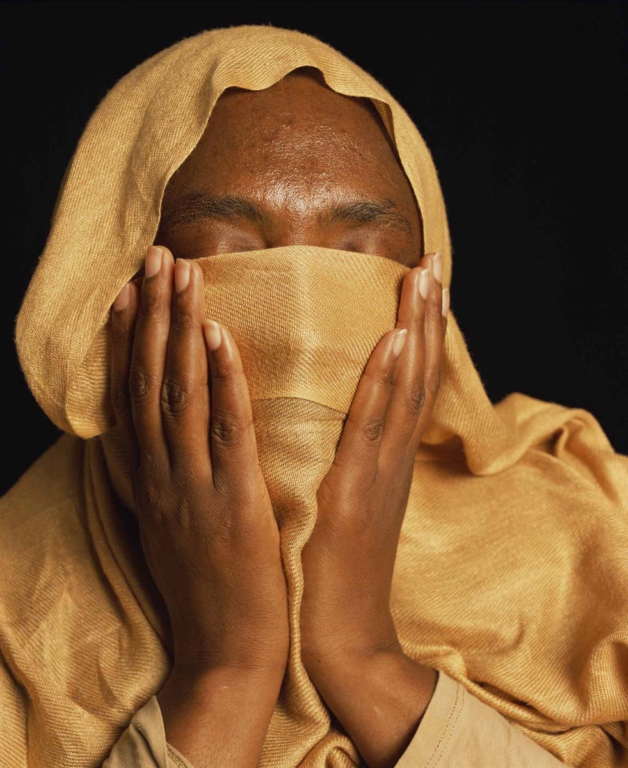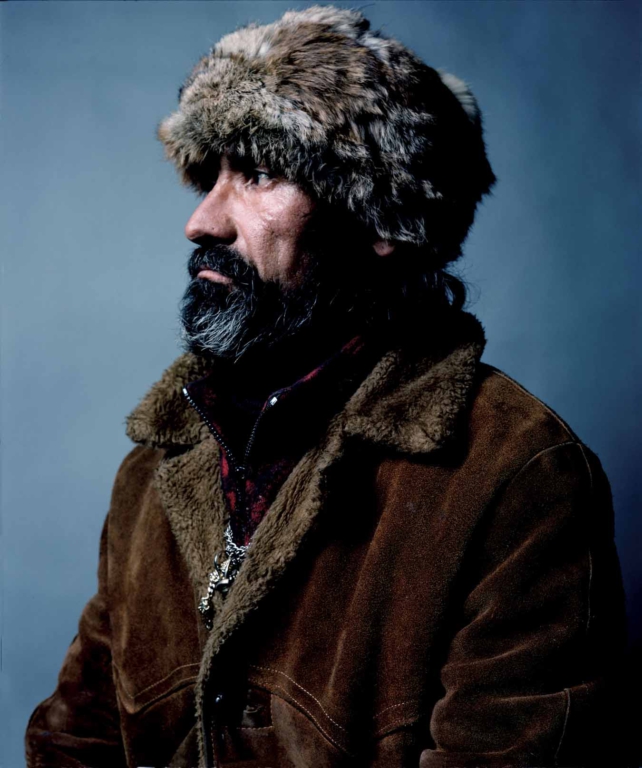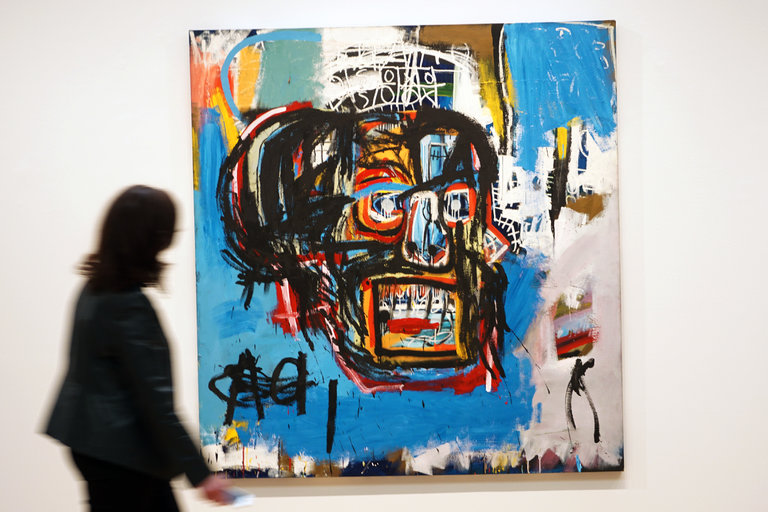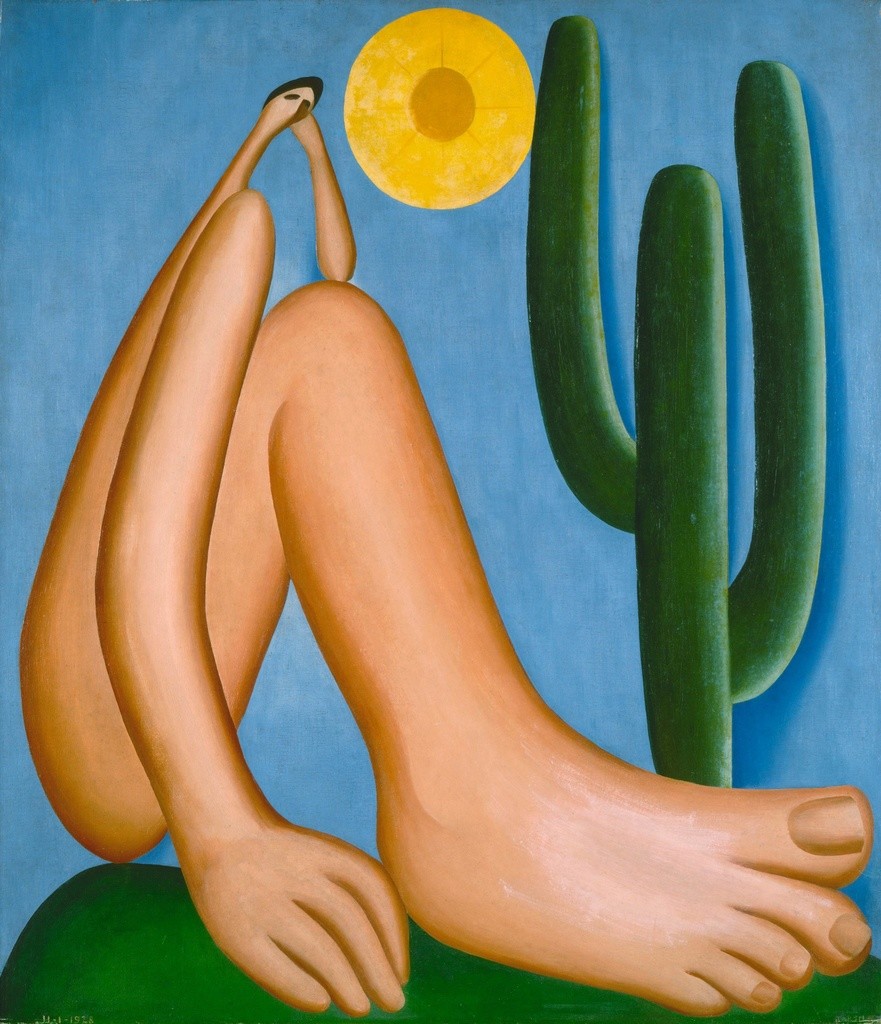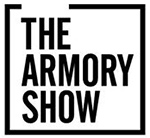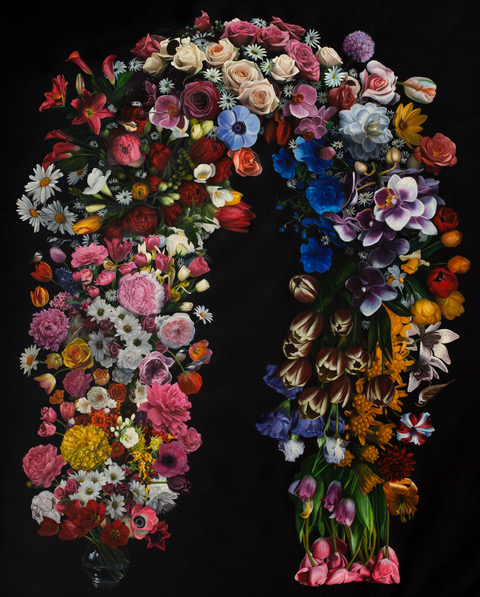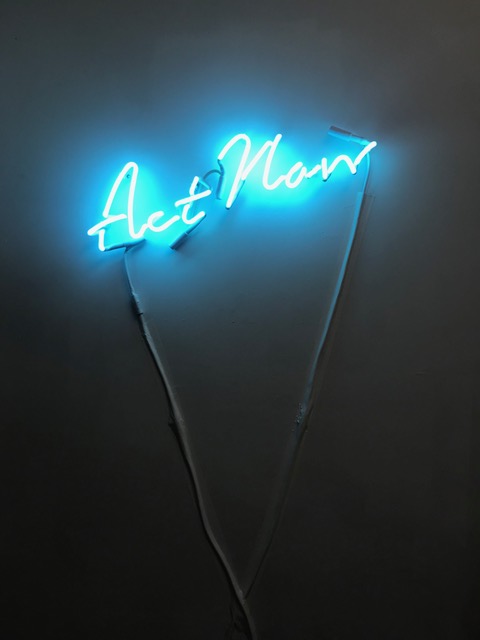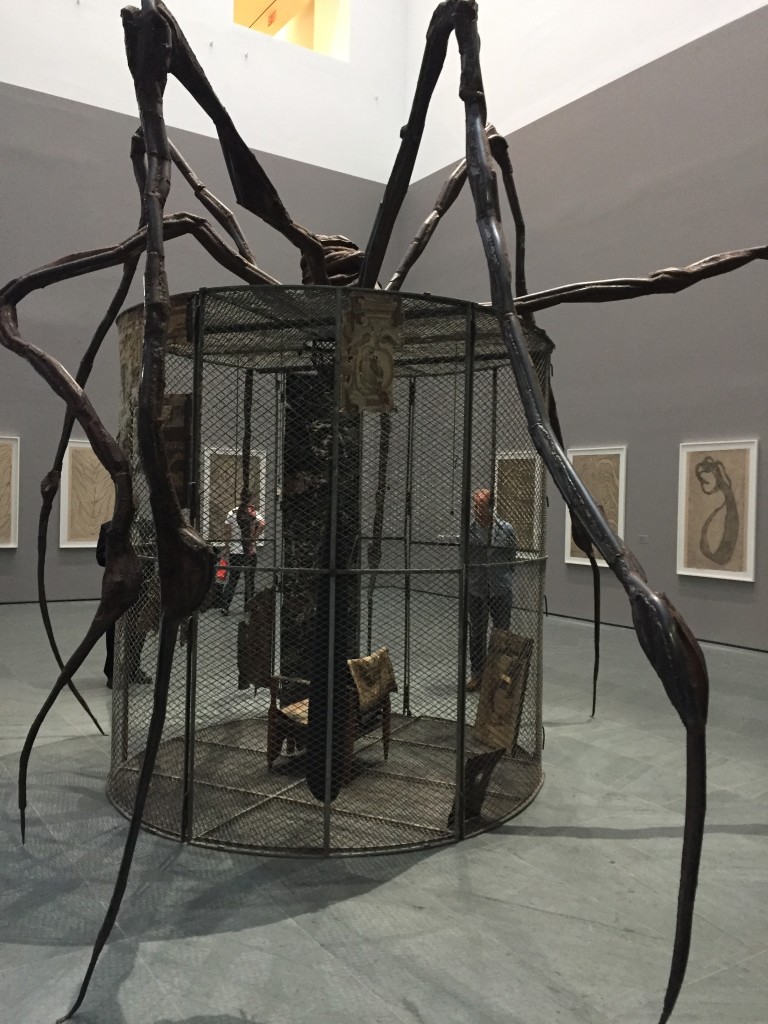
Spectrum Gestalt 4 (June 2017)
Opening reception: June 17th, 5-8pm
Closing reception: July 1, 5-8pm
Where: BLEICHER/GORMAN (bG) Gallery Bergamot Station – Space G8A, 2525 Michigan Avenue, Santa Monica 90404 Phone: +1 (310) 906 4211
Hours: 10-6pm Tues-Sat or by appointment.
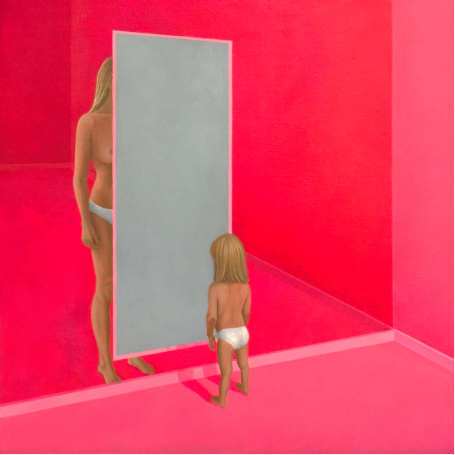
Palmer Earl, Mother and Daughter
Part curatorial, part installation Spectrum-Gestalt brings together artists’ works from a wide variety of genres and mediums, grouping them into an expansive spectrum of color. The first spectrum was one of our most popular exhibits and the unofficial launch of our new Bergamot Station space and has since become an annual open call, allowing the gallery to discover new talent. Spectrum-Gestalt is part of an ongoing series of installation/curatoriales exploring gestalt principles by Australian artist/curator, Airom.
Bleicher Project Space is located inside Bleicher/Gorman (bG) Gallery in Bergamot Station G8A. bG specializes in artists who have blurred boundaries between traditionally divided art approaches in their work with a particular emphasis on bridging ‘inside’ and ‘outside,’ and ‘highbrow’ and ‘lowbrow.’ Bleicher Project Space is an exhibit area within the gallery that has a focus on experimental projects and collaborative installations.
Artists: Adrienne Allebe, Sue Allen, Aleksander Balos, Temme Barkin-Leeds, Helmut Peter Beckmann, Melissa Behr, Natalia Berglund, Michael Berkowitz, Barbara Berry, Maud Besson, Darla Bostick, Maria Bouquet, Eryn Brydon, Susan Card, Chung-Ping Cheng, Matt Christianses, Natalie Ciccoricco, Carla Ciuffo, Lee Clarke, Annie Clavel, Mike Collins, Kathy Curtis-Cahill, Cynthia Dickinson, Zen Du, Palmer Earl, Paige Emery, Dwora Fried, Nikolas Soren Goodich, Paola Gracey, Larry Graeber, Hayat Gul, Daniel Hammerson, Cathrine Hancher, Monica Hopenwasser, Olga Hotujac, Katie Hovencamp, Walter Impert, David Isakson, Ishi Ishi, Anna Jensen, Diana Nicholette Jeon, Debra Kayes, Yeo Jung Kim, Rebecca Klementovich, Emma Knight, Peggy Lee, Marietta Patricia Leis, Donna Lomangino, Chalda Maloff, T. Chick McClure, Sharon Pierce McCullough, Jo Merit, Sean Mick, Leanne Miller, Ariana Minai, Lindsay Montgomery, Kathryn Moores, Patricia Moss-Vreeland, John Murray, Hans Neleman, Dakota Noot, Robbie Nuwanda, Christine O’Brien, Helen Oh, Ryan Ostrowski, Lisa Rasmussen, Jimmy Reagan, Sharon Reeber, Steven Rein, Mika Revell, Eugene Rodriguez, Janet Rutkowski, Christine Sauerteig-Pilaar, Anne Schlueter, Lena Shey, Brad Siskin, Kerrie Smith, Paige Smith-Wyatt, Mel Smothers, Shyun Song, Dori Spector, Qinyuan Sun, Cecilia Taibo Rahban, Nathalie Tierce, Adrienne Van Summern, Naomi White, Emmy Wommack, Tina Ybarra, April Zanne Johnson, Airom and Fong Lien.

EugeneRodriguez, Untold Gold #14 – Antoine Clement, 14” x 14”, oil and wax on panel, 2016.
Antoine Clement was a French Canadian-Cree Native American. He was also a hunter and the intimate companion of Sir William Drummond Stewart.
Eugene Rodríguez is a San Francisco based visual artist whose work includes film, painting, and installation. Aesthetically, his artwork incorporates theater, neorealism, and surrealism and then utilizes multiple painting and storytelling approaches to create a kaleidoscopic hybrid. Rodríguez’s latest work, After A Somewhat Prolonged Lapse Of Memory, acts as a portal for time travel and looks at the history of the American people through the lens of those that have been left out.
Eugene Rodríguez’s films and videos have been featured in numerous national and international festivals. His paintings, prints, and drawings have been featured in solo exhibitions in New York City and San Francisco as well as group exhibitions across the country.
To see more of his work visit: www.eugenerodriguez.com
Gallery website: bGartGalleries.com
